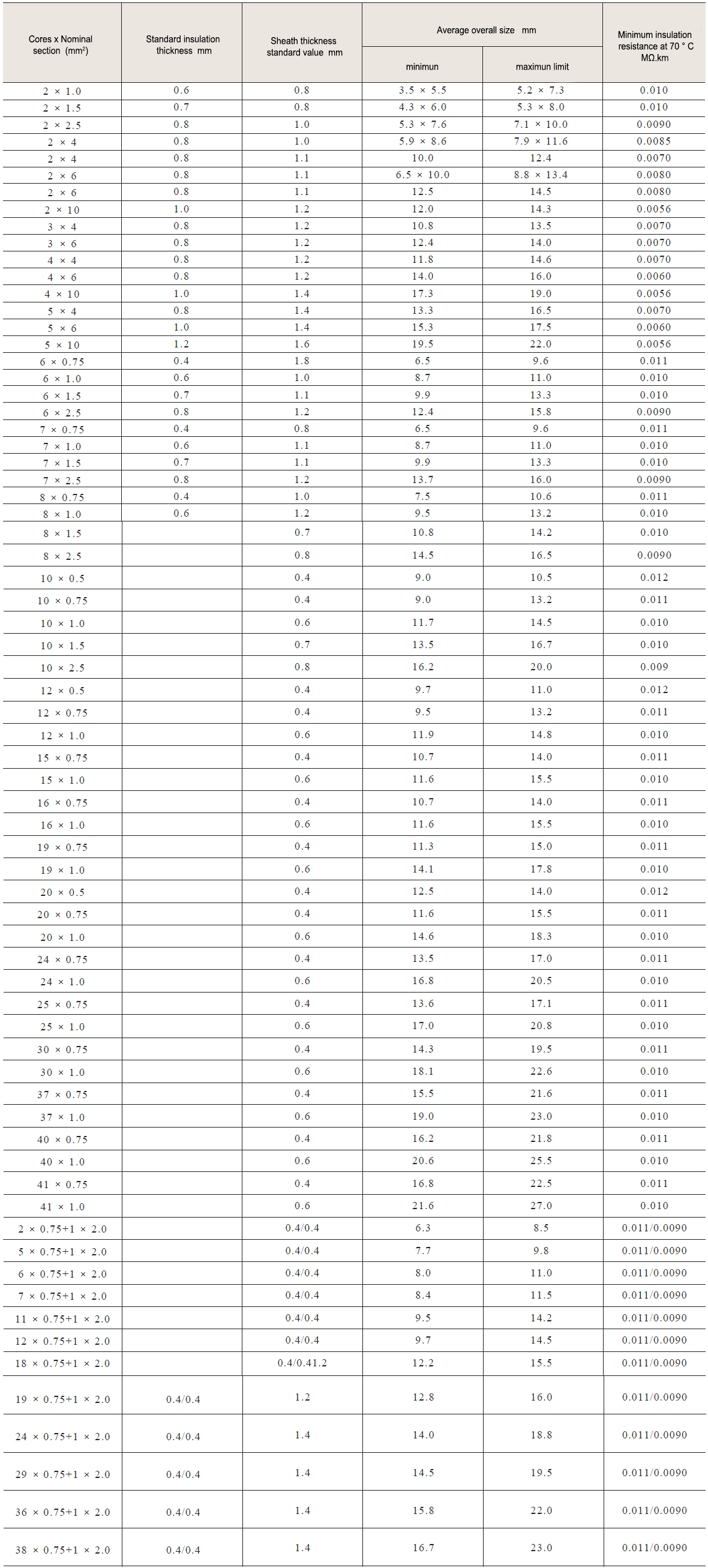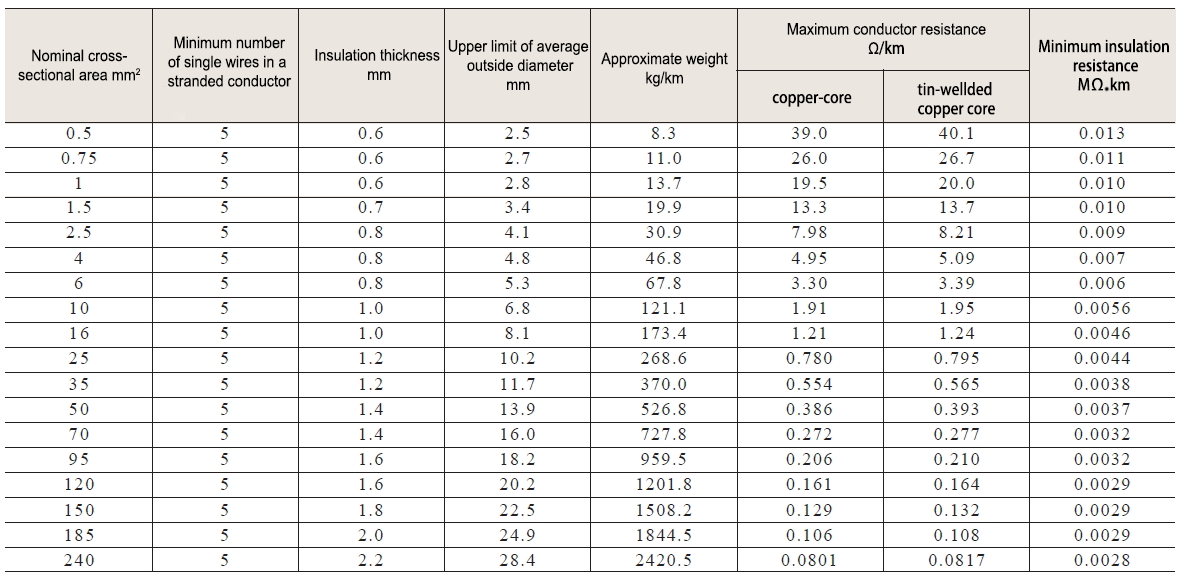| Brand | Wone |
| Model NO. | Copper core PVC insulated flexible cable |
| Nominal cross-sectional area | 1.5mm² |
| color | Black |
| Series | RV |
Executive standard
GB/T5023.3-2008 IEC60227-2007-3:1997 JB/T8734.2-2012
Usage
This product is applicable to power units with rated voltage up to and including 300/500V.
The maximum allowable operating temperature of the conductor
Max permissible working temperature of cable conductor for long-term operation is 70 ℃.
model, name, rated voltage and conductor cross-sectional area
Specifications and technical parameters
60227IEC(RVV) 300/500V Copper core PVC insulated flexible cable
60227IEC(RV) 300/500V Copper core PVC insulated flexible cable
60227IEC(RVS) 300/500V Copper core PVC insulated flexible cable for twisted connection
Q: What is RV cable?
A: RV cable is copper core PVC insulated soft wire.
Q: What are the characteristics of RV cable?
A: Its copper core material ensures good electrical conductivity. The PVC insulation layer makes the cable have better insulation performance and can effectively prevent leakage. The biggest feature of RV cable is "soft", because its wire core is mostly twisted by strands of thin copper wire, this softness makes it very suitable for use in equipment that needs to be often bent and moved, such as the power cord and internal connection line of mobile electrical equipment.
Q: What are the precautions for RV cable in use?
A: Because its insulation layer is polyvinyl chloride, it is necessary to avoid being in a high temperature environment for a long time to prevent the aging of the insulation layer. Try to avoid excessive bending in use to prevent core breakage affecting electrical conductivity. At the same time, when selecting the RV cable, select the appropriate cable specifications according to the power and other requirements of the equipment to ensure safe use.






